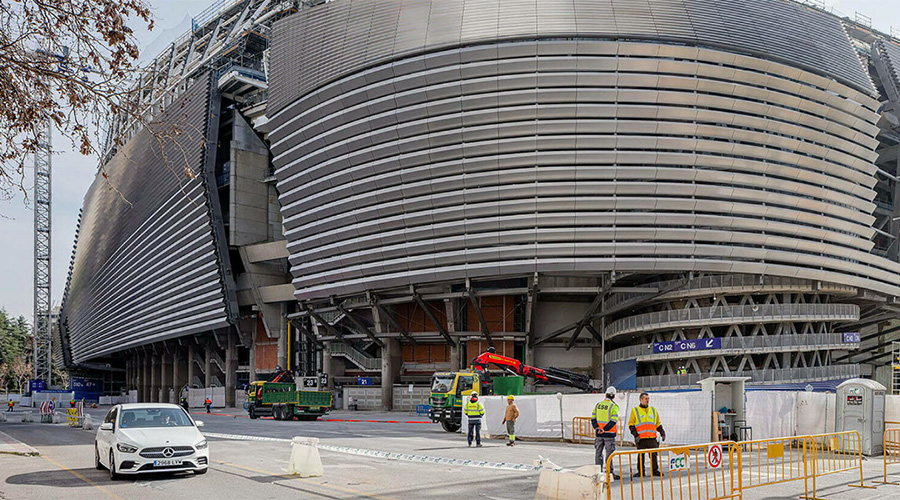Collaborative Space Isn't Just A Buzzword
As much as collaboration is a buzzword these days, facility managers shouldn't get the idea that it's a passing fad. A lot of forces are combining to drive the move toward more open, collaborative space.
For example, in some companies, as many as half the desks are unoccupied, even though the desks have been assigned. That unused real estate is likely to be a continuing target for cost-conscious corporations.
And then there's technology. Because it is so pervasive and accessible, technology makes it easier to share documents, access large amounts of information as a group and more, says HOK's Polucci. Workers used to gather in a conference room in a formal manner to report what they had accomplished and what work remained, but they didn't necessarily work, he says. Today, workers get together to solve problems, and it's technology that has allowed the shift to occur, Polucci says.
In the future, laptops, smart phones, tablets and devices not yet even invented will make it even easier for more people to work places other than the office, and the devices will make it easier for people in multiple locations to seamlessly communicate. The increased use of mobile devices will also translate into less floor space being needed for the infrastructure that supports devices such as desktops and monitors.
Traditionally, 80 percent of floor space is for individual space, and 20 percent is for conference rooms, says Nelson's Miciunas. In the future, that proportion could be closer to 50-50, he says. "Less office space will be required, more individuals will be in open plans, so there will be a change in the mix of space," Miciunas says. "It's a smaller footprint."
Experts agree that the key to open, collaborative space in the future is essentially the same as it is today: Being mindful of each company's culture and each individual's needs. It's up to the facility manager to make sure the right balance of spaces is maintained.
"The minute we try to force companies and individuals into spaces that don't work for them, you will get a backlash," says Studio O+A's Cherry. "The key is variety and addressing the needs for concentration and collaboration."
Desiree Hanford is a freelance writer who spent 10 years as a reporter for Dow Jones. She is a former assistant editor of Building Operating Management.
Related Topics:















